RACK HV PRO
Comparing 200kWh lithium vs. lead-acid batteries for industry use
Comparing 200kWh Lithium vs. Lead-Acid Batteries for Industrial Use
In the realm of industrial energy storage, the choice between lithium-ion (Li-ion) and lead-acid batteries is a critical decision that impacts performance, cost, and sustainability. With the growing demand for reliable and efficient power solutions, understanding the differences between these two battery technologies is essential. This article compares 200kWh lithium-ion and lead-acid batteries, highlighting their strengths, weaknesses, and suitability for industrial applications.
Understanding the Basics
Lithium-Ion Batteries
Lithium-ion batteries have gained significant popularity in recent years due to their high energy density and long cycle life. These batteries are widely used in consumer electronics, electric vehicles, and, increasingly, in industrial applications. Key advantages include:
High Energy Density: Lithium-ion batteries can store more energy in a smaller and lighter package compared to lead-acid batteries. Long Cycle Life: They typically last longer, with cycle lives exceeding 1,000 cycles under normal operating conditions. Low Maintenance: Lithium-ion batteries require minimal maintenance and have a lower self-discharge rate.Lead-Acid Batteries
Lead-acid batteries have been the traditional choice for industrial energy storage for over a century. They are known for their reliability and cost-effectiveness. Key characteristics include:
Proven Technology: Lead-acid batteries have a long history of use in industrial applications, making them a trusted choice. Cost-Effective: They are generally cheaper to produce and purchase compared to lithium-ion batteries. High Tolerance: These batteries are known for their ability to operate in harsh environments and handle high current loads.Performance Comparison
Energy Density
Energy density refers to the amount of energy stored per unit of mass or volume. Lithium-ion batteries excel in this category, offering significantly higher energy density compared to lead-acid batteries. For instance, a 200kWh lithium-ion battery system can store the same amount of energy in a much smaller physical footprint, making it ideal for space-constrained industrial applications.
Lead-acid batteries, on the other hand, have lower energy density, meaning they require more physical space to achieve the same energy output. This can be a limiting factor in facilities where space is at a premium.
Cycle Life
Cycle life is the number of charge-discharge cycles a battery can undergo before its capacity drops significantly. Lithium-ion batteries typically have a longer cycle life, with some models exceeding 2,000 cycles. This makes them a more sustainable option over the long term.
Lead-acid batteries generally have a shorter cycle life, often around 300-500 cycles, depending on the depth of discharge and operating conditions. However, they can still be a viable option for applications where replacement is frequent and cost is a primary concern.
Charging and Discharging
Lithium-ion batteries are known for their fast charging capabilities and consistent voltage output during discharge. They maintain a relatively stable voltage throughout their discharge cycle, making them suitable for applications requiring a steady power supply.
Lead-acid batteries, while reliable, have a more gradual voltage drop as they discharge. This can affect the performance of equipment that relies on a stable voltage supply. Additionally, lead-acid batteries require longer charging times compared to lithium-ion batteries.
Efficiency
Energy efficiency is another critical factor in battery performance. Lithium-ion batteries are generally more efficient, with an energy efficiency of around 90-95%. This means less energy is lost during charging and discharging.
Lead-acid batteries, while still efficient, typically have an energy efficiency of about 80-85%. This difference can add up over time, especially in applications where frequent charging and discharging occur.
Cost Analysis
When comparing 200kWh lithium-ion and lead-acid batteries, cost is often the deciding factor. Lead-acid batteries are generally more affordable upfront, making them a popular choice for budget-conscious industrial applications. However, when considering the total cost of ownership over the battery’s lifespan, lithium-ion batteries may prove to be more economical due to their longer cycle life and higher efficiency.
Lithium-ion batteries also have a lower cost of maintenance and replacement over time, as they require less frequent replacements and have a higher tolerance for deep discharges. This can offset their higher initial cost, especially in applications where the battery is expected to operate for several years.
Environmental Impact
Environmental considerations are becoming increasingly important when selecting battery technology. Lithium-ion batteries have a lower environmental impact over their lifecycle due to their higher efficiency and longer lifespan. Additionally, advancements in lithium-ion battery recycling are making it easier to dispose of these batteries responsibly.
Lead-acid batteries, while recyclable, have a higher environmental impact due to the use of lead, a heavy metal. The recycling process for lead-acid batteries is well-established, but the mining and production of lead can have significant environmental consequences.
When comparing 200kWh lithium-ion and lead-acid batteries for industrial use, the choice ultimately depends on the specific needs of the application. Lithium-ion batteries offer superior energy density, longer cycle life, and higher efficiency, making them a more sustainable and cost-effective option over the long term. However, lead-acid batteries remain a viable choice for applications where cost is a primary concern and space is not a limiting factor.
As technology continues to advance, lithium-ion batteries are likely to become even more competitive in terms of cost and performance, further solidifying their position as the preferred choice for industrial energy storage. However, lead-acid batteries will likely remain a staple in applications where their traditional strengths, such as reliability and affordability, are most valued.

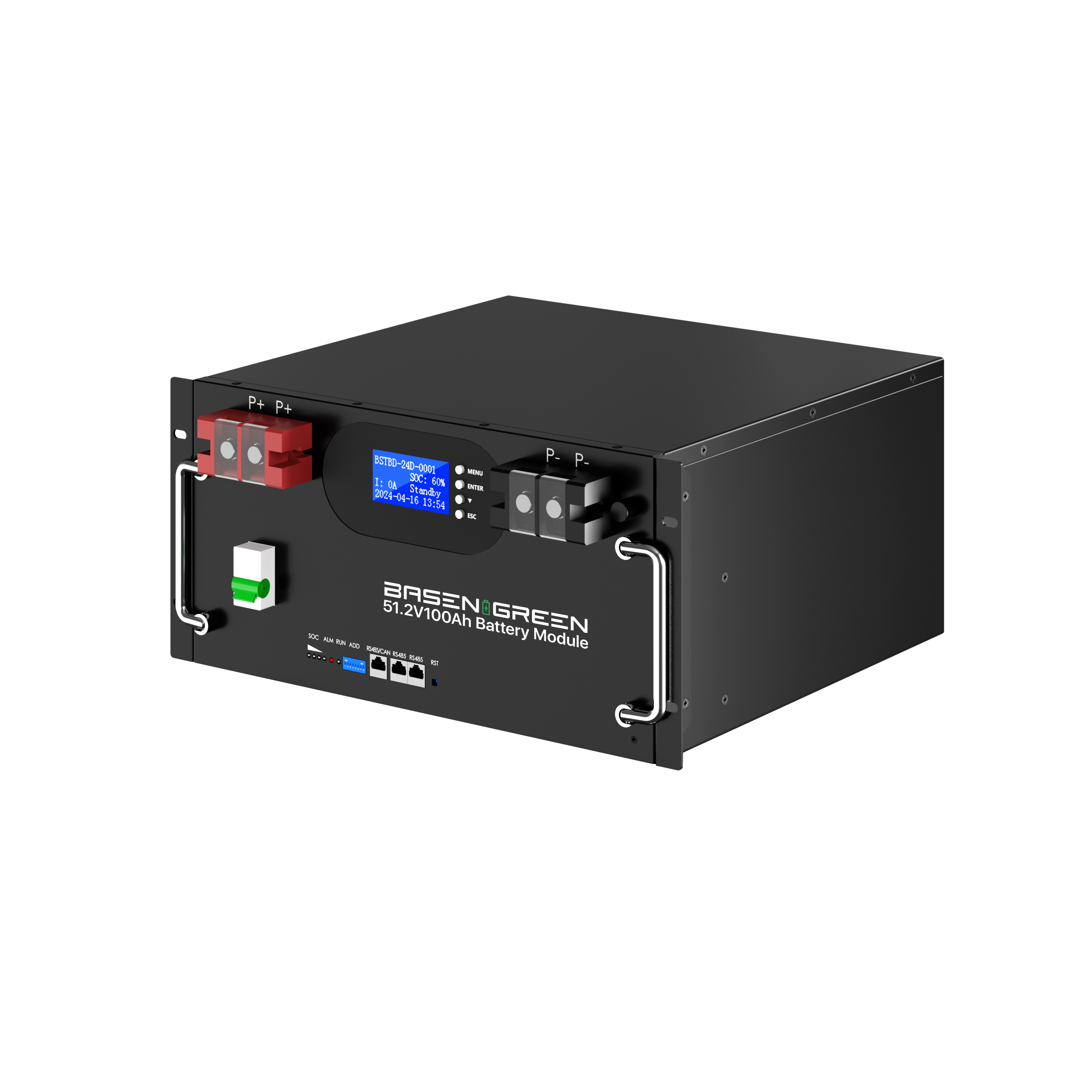
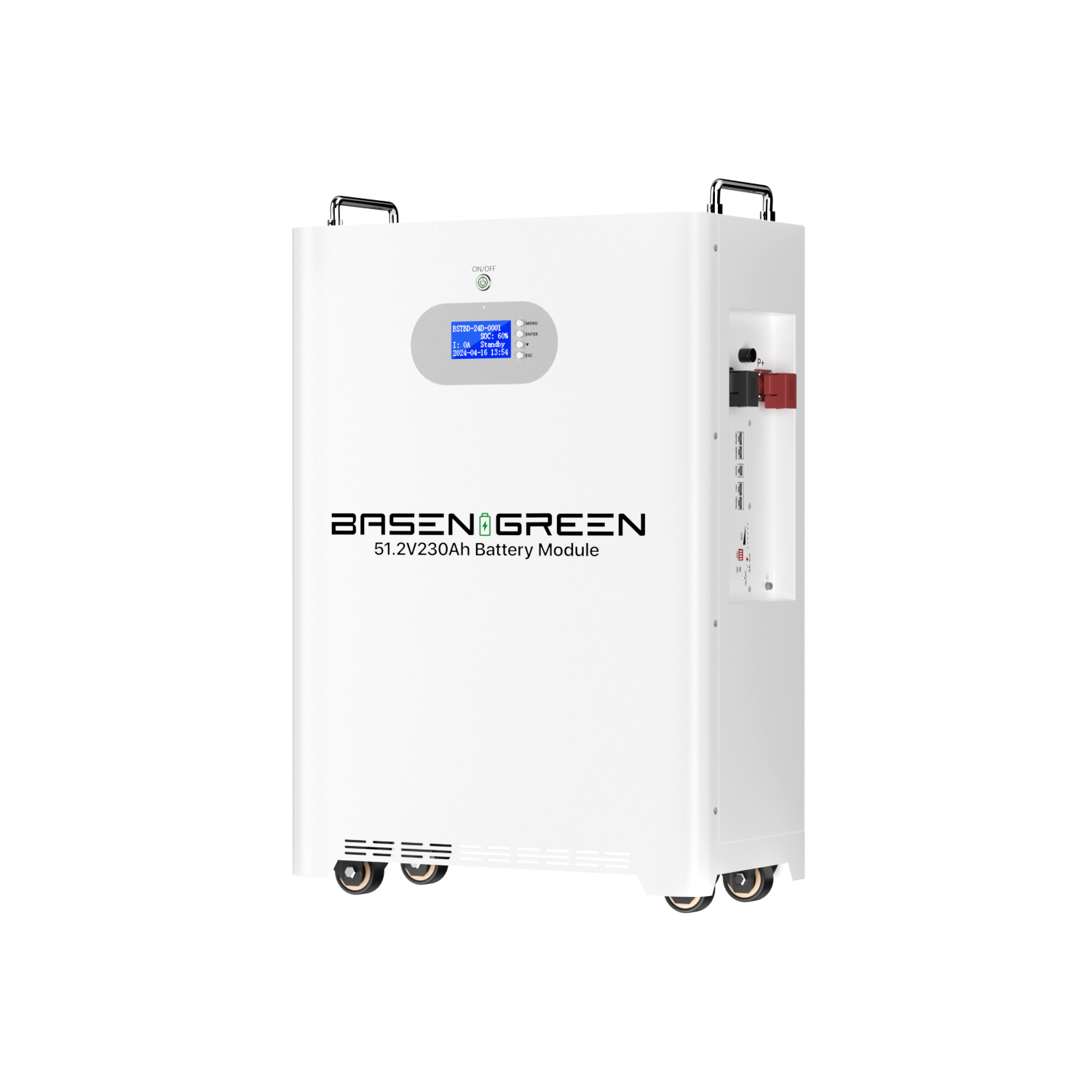
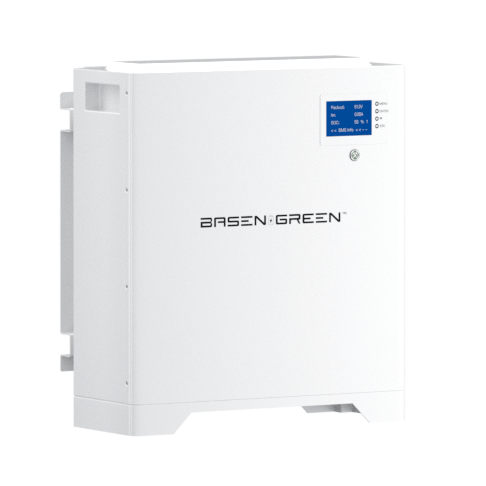
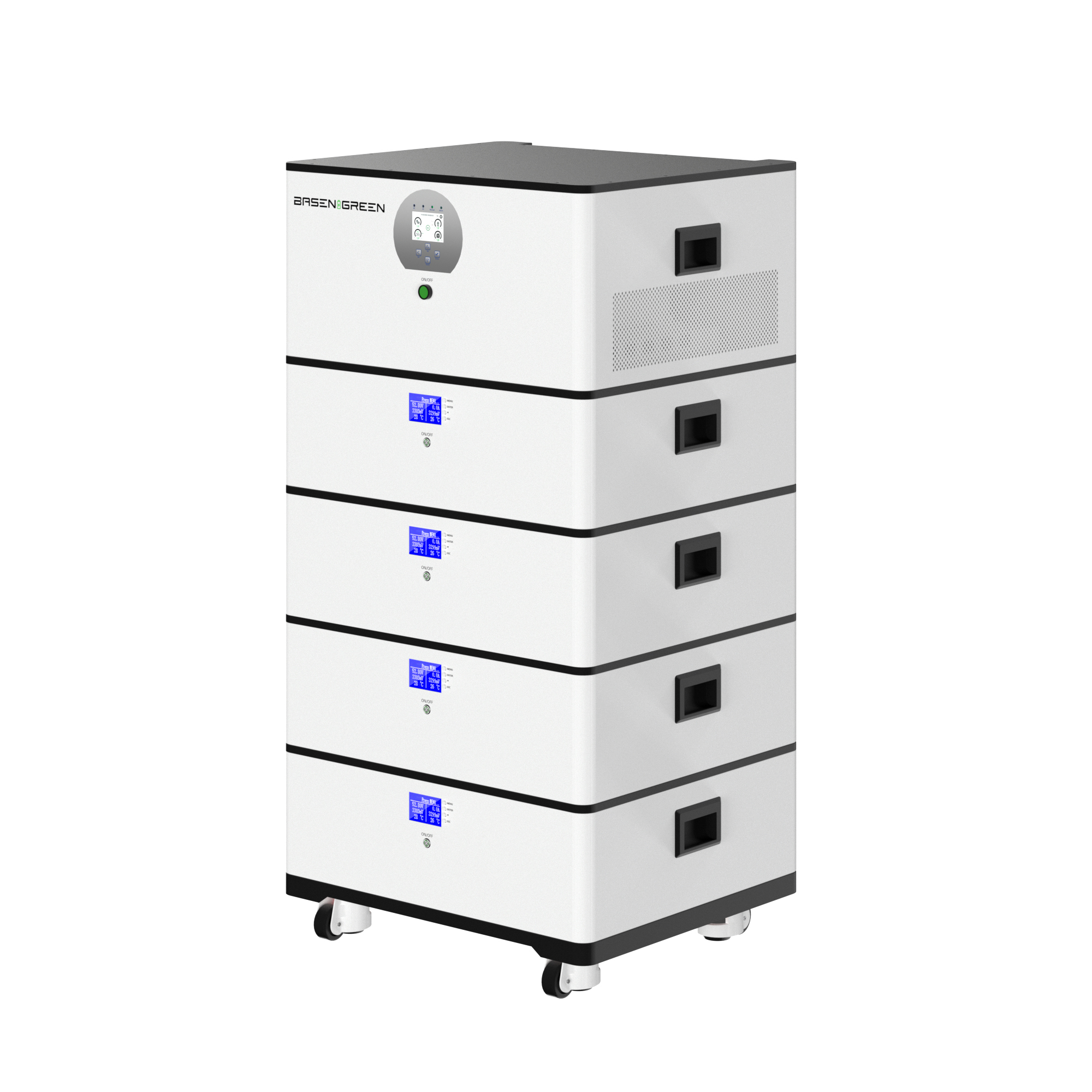

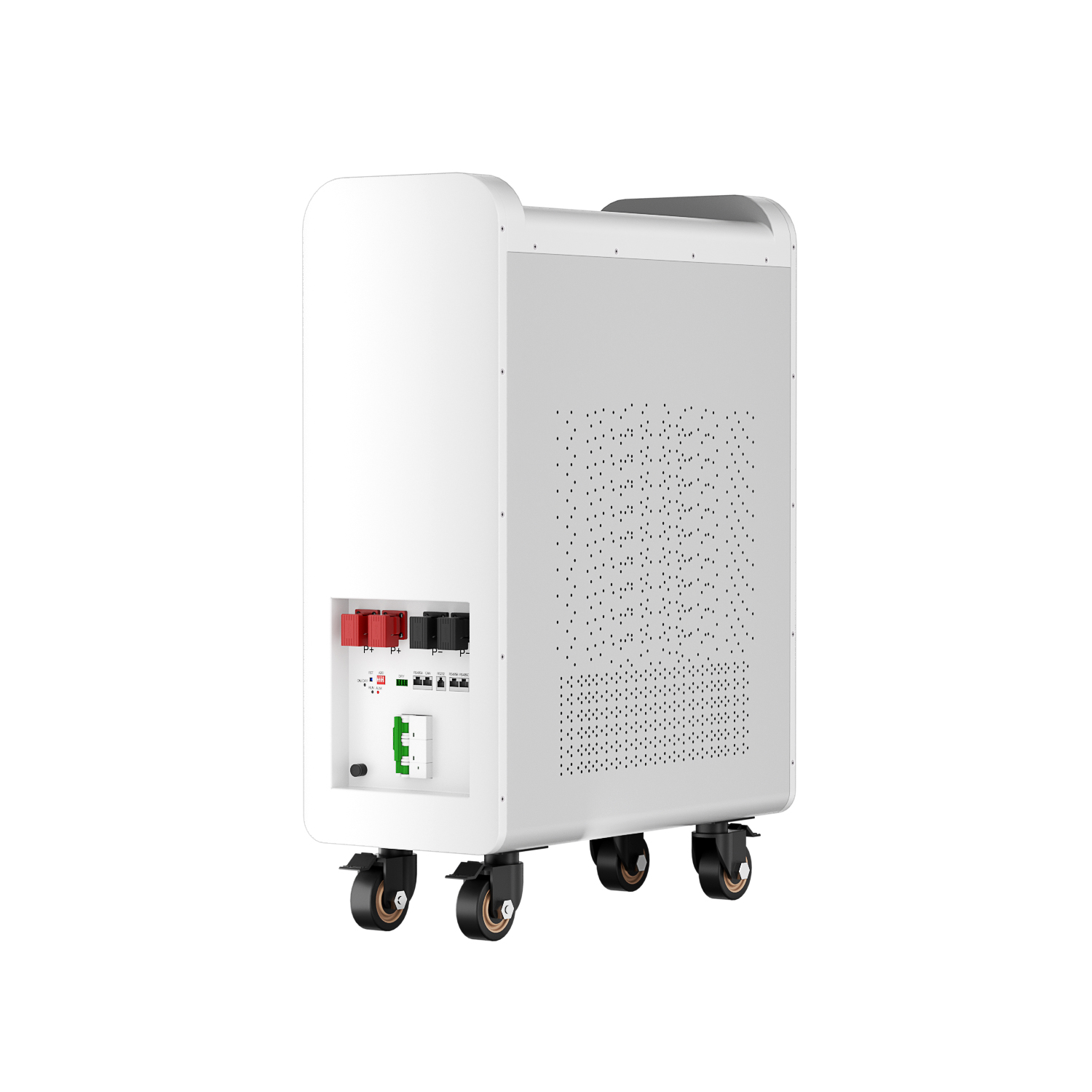
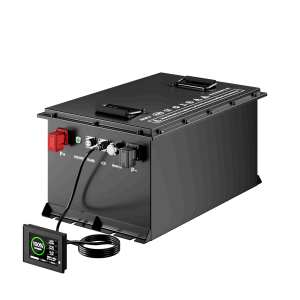
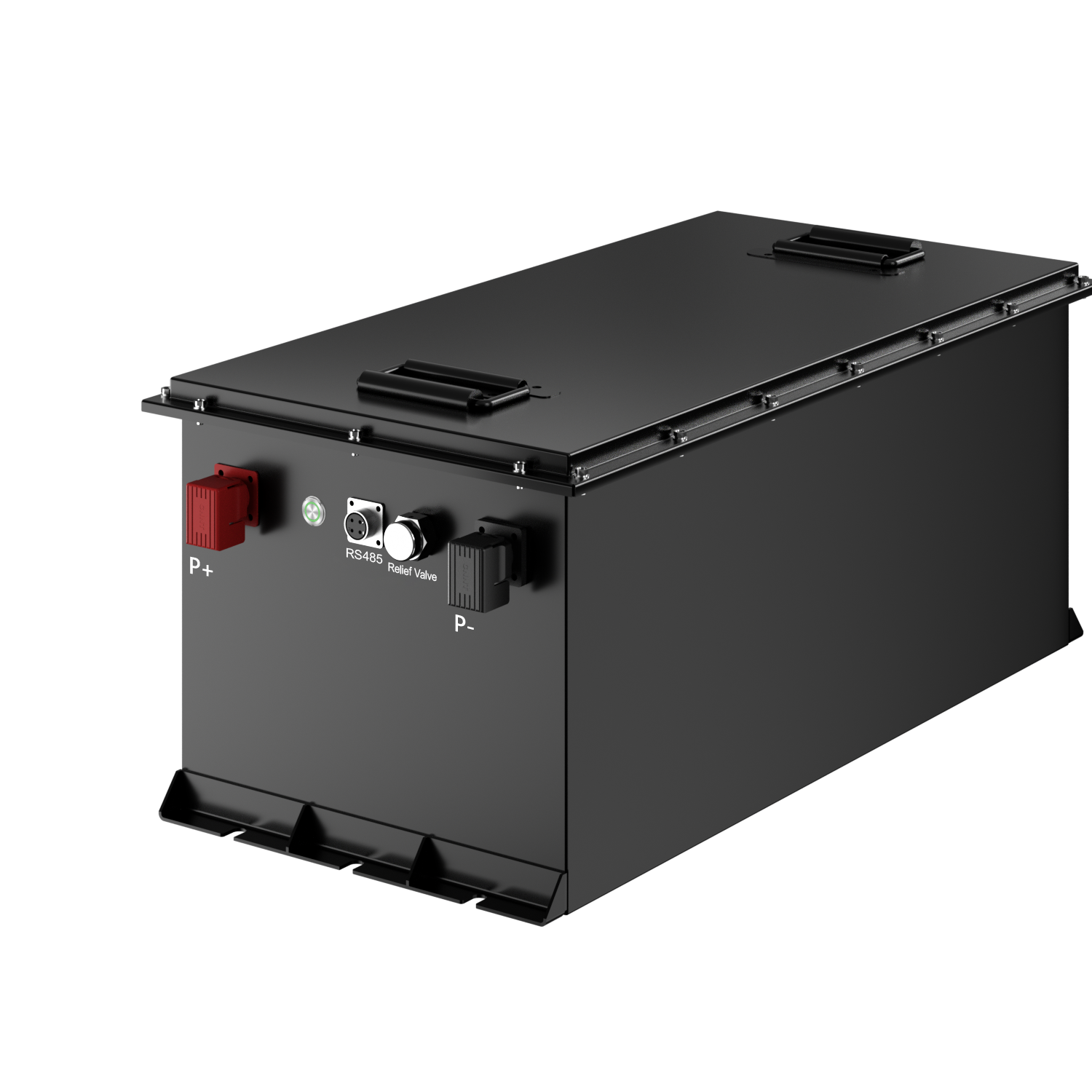
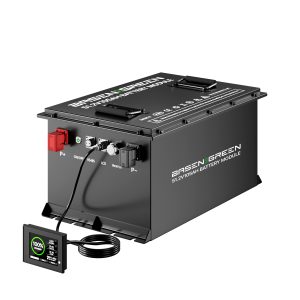
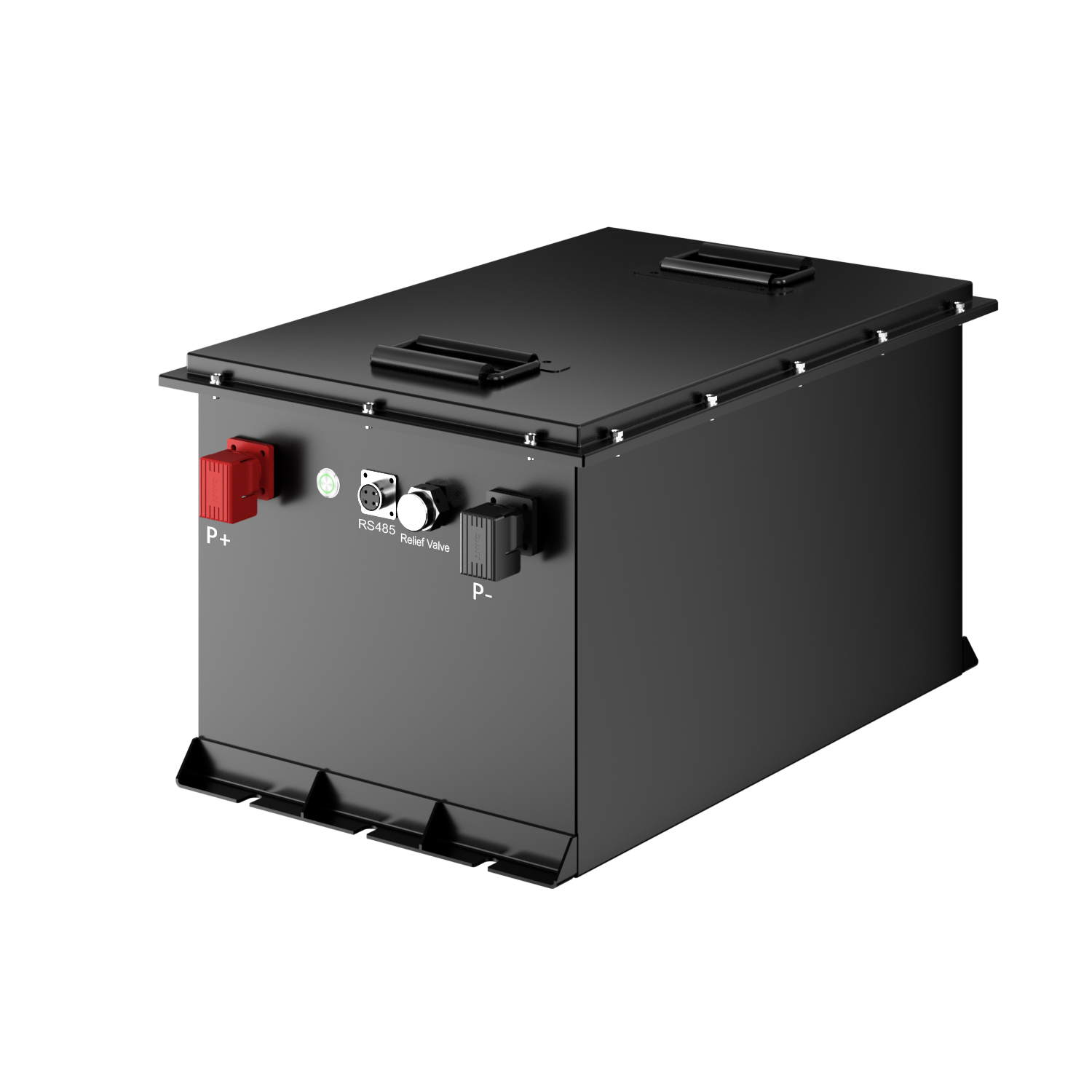
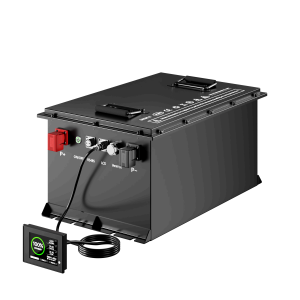
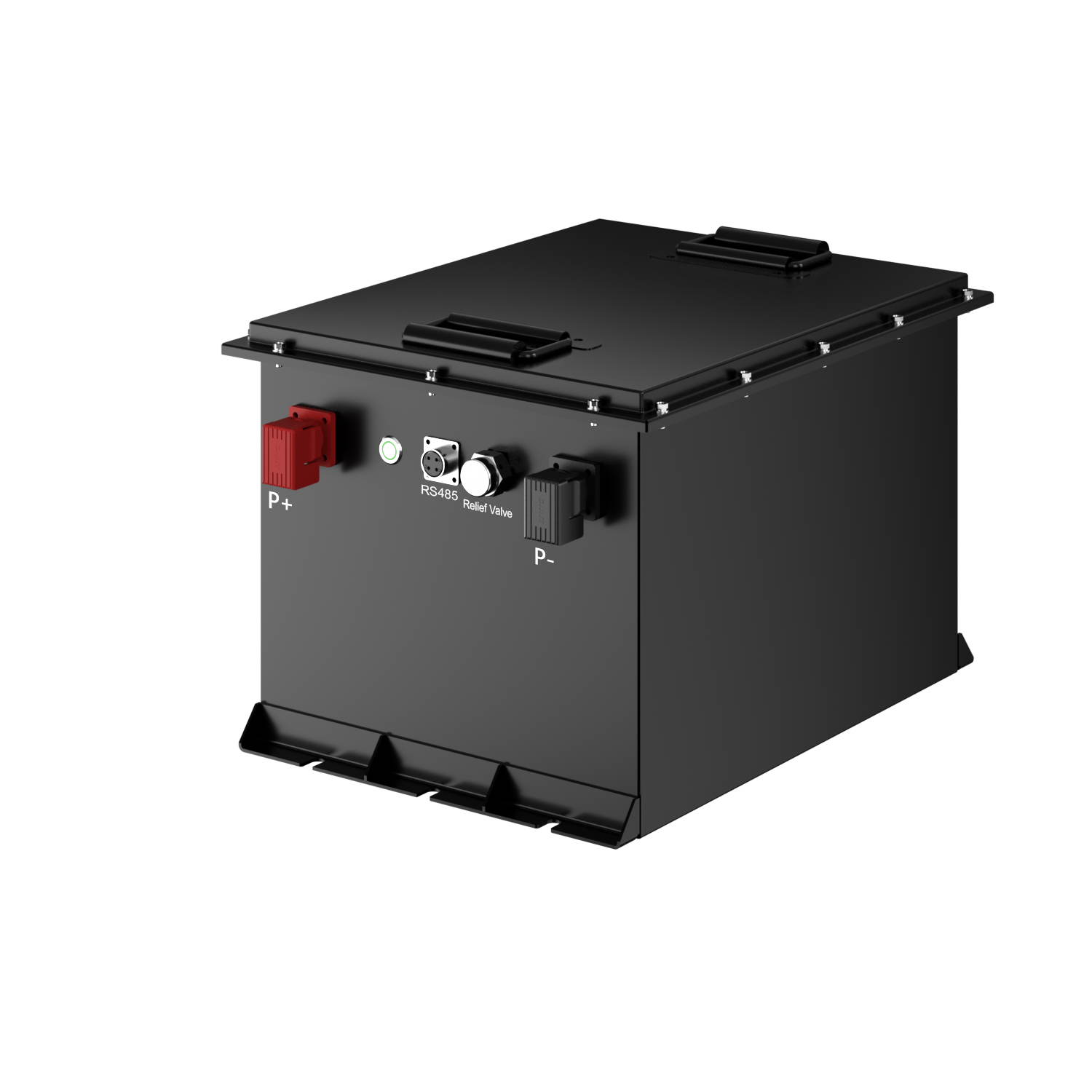
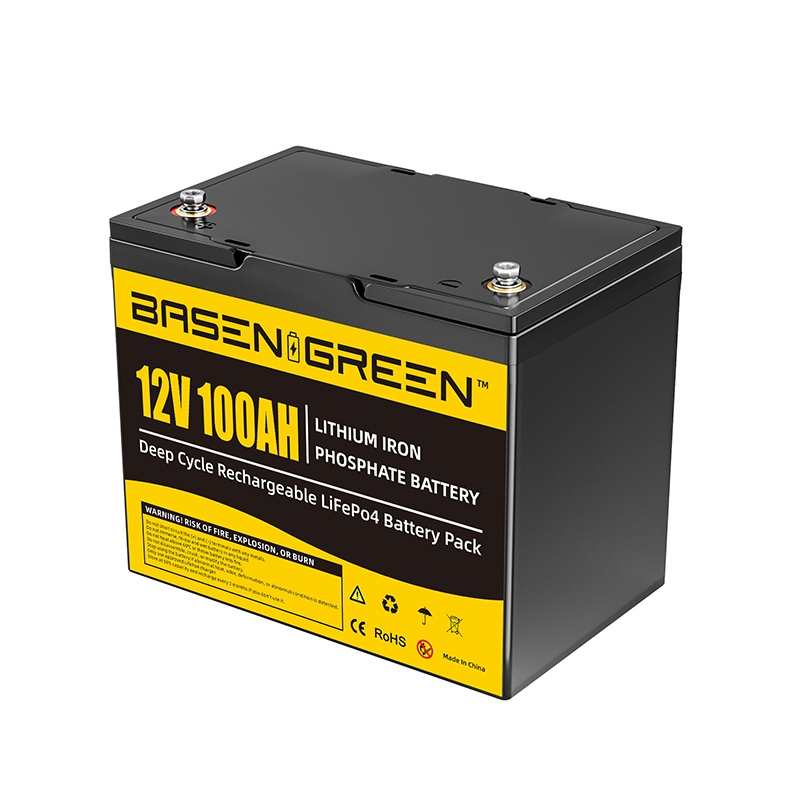

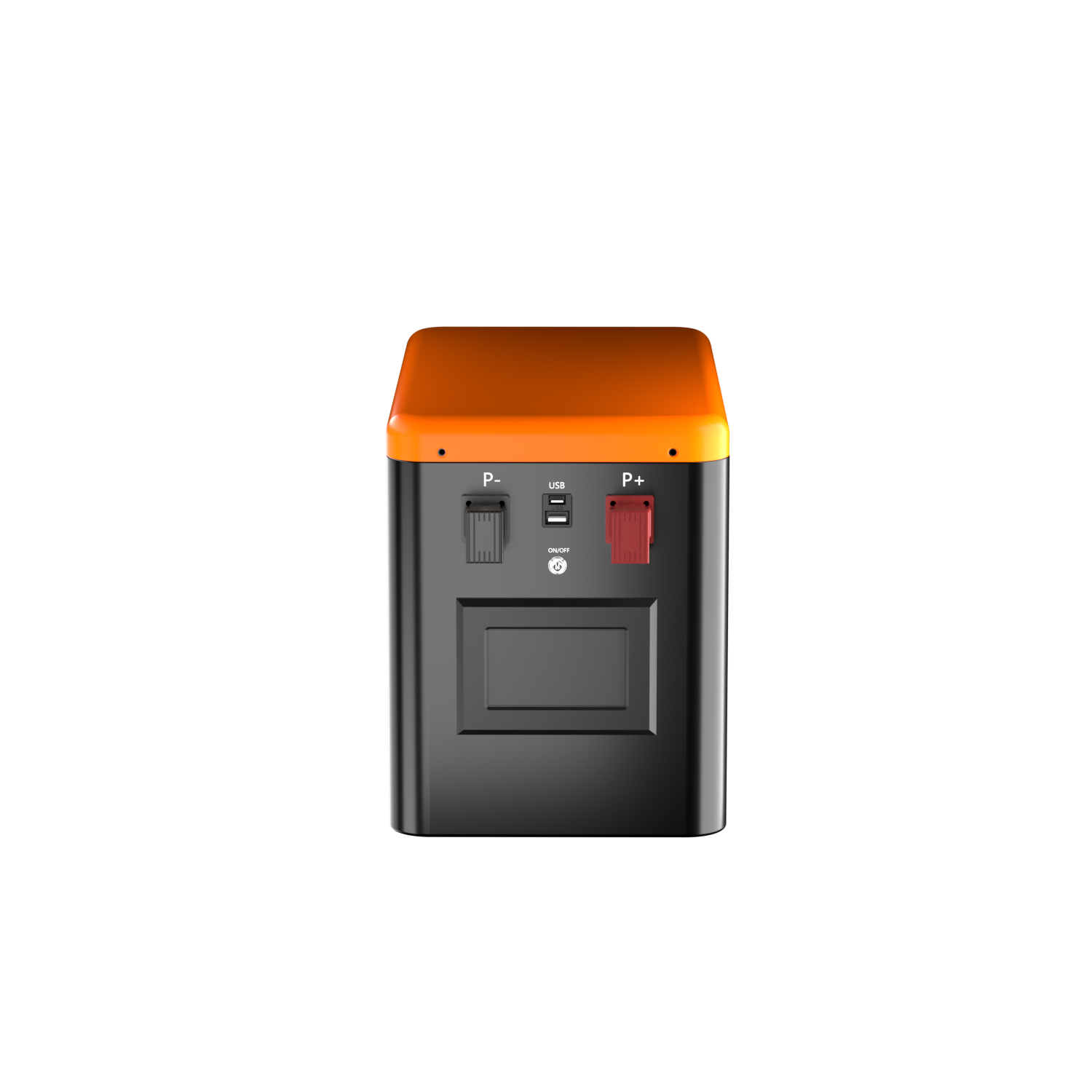
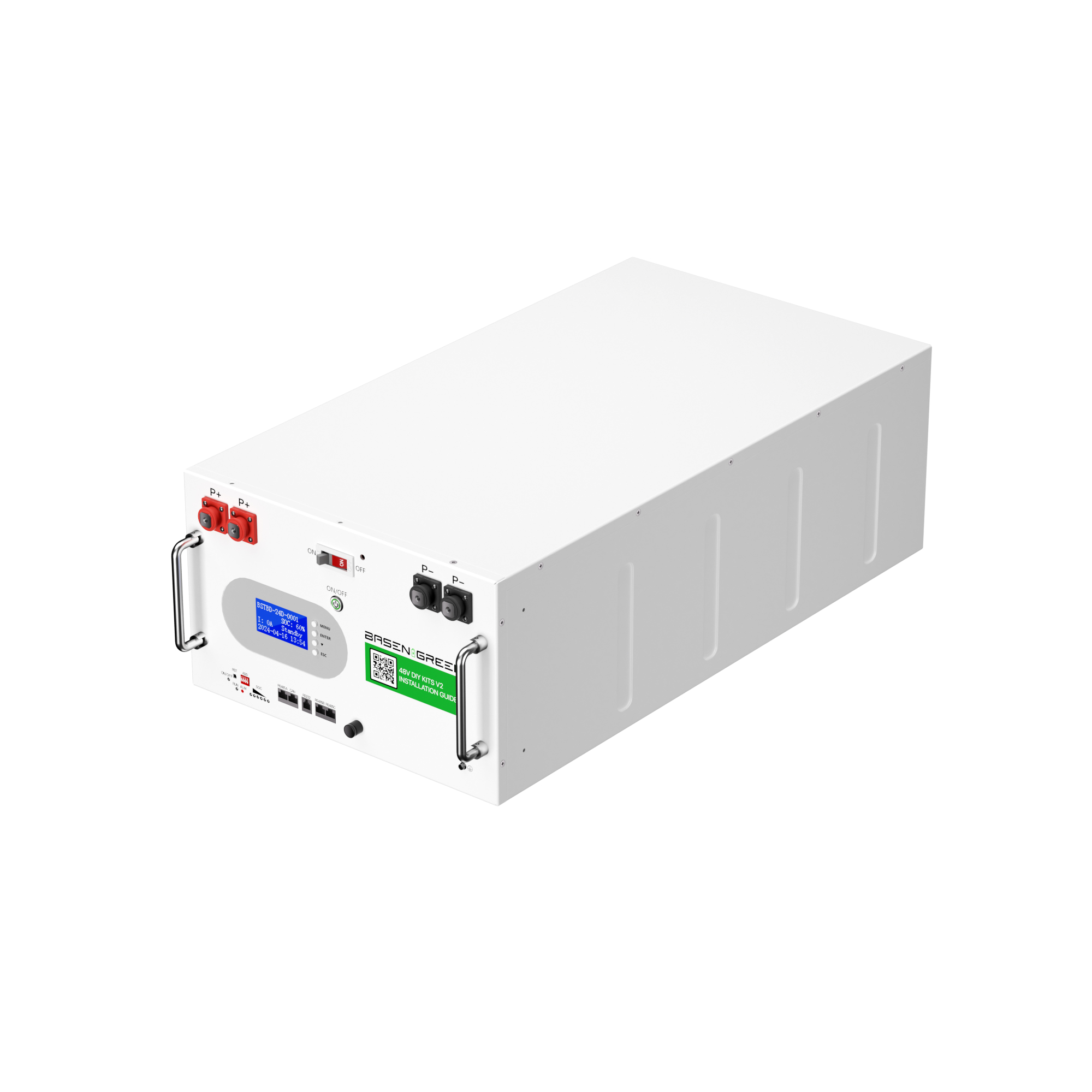
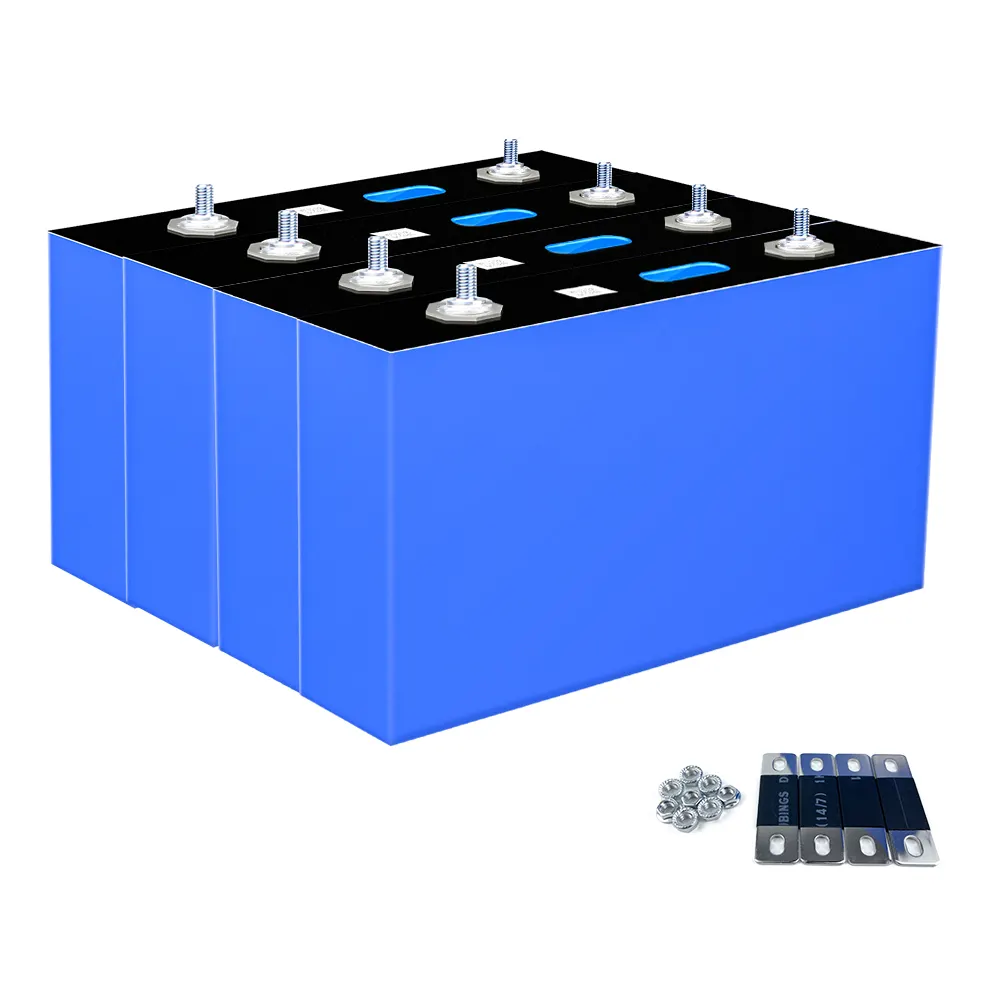
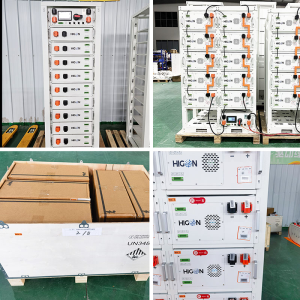
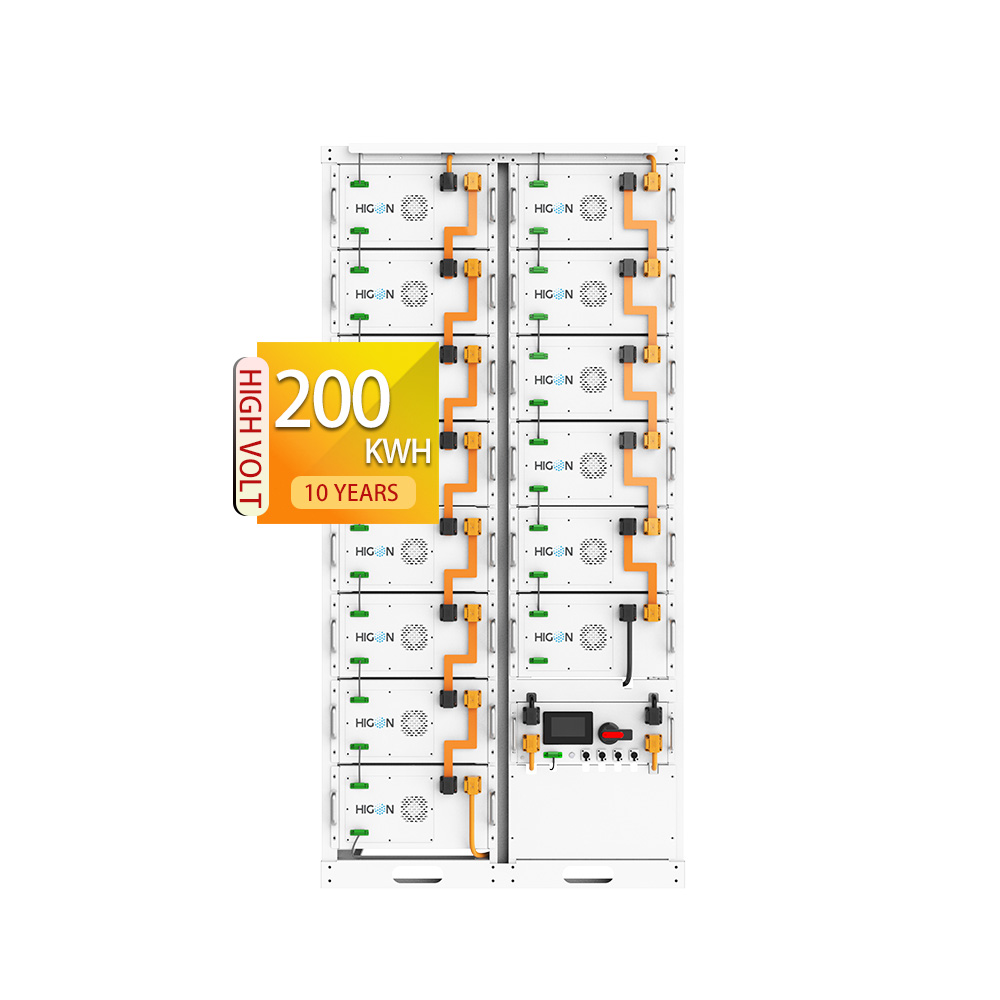
.png)